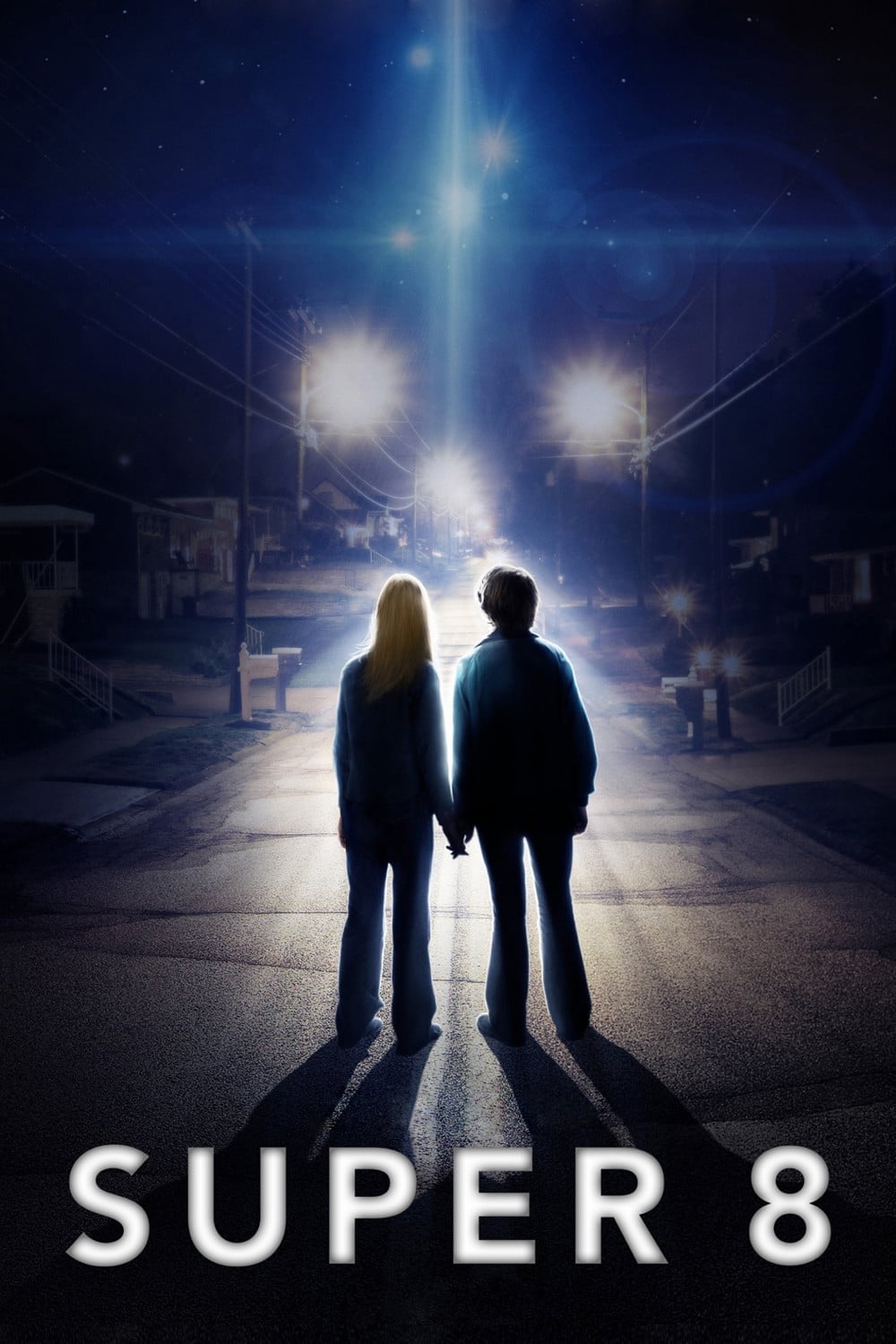
In 1979 Ohio, several youngsters are making a zombie movie with a Super-8 camera. In the midst of filming, the friends witness a horrifying train derailment and are lucky to escape with their lives. They soon discover that the catastrophe was no accident, as a series of unexplained events and disappearances soon follows. Deputy Jackson Lamb, the father of one of the kids, searches for the terrifying truth behind the crash.
10 Feb Super 8 (2011)
Reborn
Another primary layering. This time the idea is to start with a horror subgenre and grow inside it. This is virtually set in the fifties (though literally in 1979). It has the military conspiracy, the small town at risk, the alien monster, the lone cop who of course is both the single dad of the child hero and doesn’t believe him. We have the world saved by kids. This isn’t strictly necessary and is an addition since ‘ET.‘ (Spielberg is a producer. ET is also set in 1979.)
All of this is usually dragged up so that we can make fun of it in some way, because it is so obvious and cheesy it just cannot work. But it is taken very seriously here and we are intended to take it seriously. Two tricks are applied. One is obvious: more kick in the kickass effects. The train wreck is orchestrated with flying debris photographed after the fashion of Kurosawa warriors. (Kurosawa again!) The monster is okay. The spaceship more than okay.
But the much more interesting device is what I call folding. This is trick to put us in the narrative. It works like this: we have a relationship with the kids in the movie. They in turn are making a movie that has characters with which they have a relationship. The inner movie is a subgenre horror film, a subgenre more overused that the fifties creature feature one. You can say that it is artificial and goofy to the kids as the 50s tropes are to us.
This layer of us outside the film and the kids inside, gets ‘folded‘ with the layer of the kids outside their film and the characters inside. (This literally happens with overlapping footage.) The subconscious effect, based on the behaviour of mirror neurons, is that we place ourselves in the world of the kids. Abrams then paces the film not for us as passive observers, but us as active participants. Oh, there are some assumptions of external place: we have the macguffin of the white cube. But mostly this is framed as if we were the kids, and we eagerly adopt their attractive personas. (Following current studio wisdom, both have ‘father issues‘ that are resolved by the end of the movie.)
Abrams, like Soderbergh, is a narrative experimentalist. Many of the insights on near POV framing we have here were worked out in ‘Cloverfield.‘ Lets hope he works like this for decades.
Posted in 2011
Ted’s Evaluation — 3 of 3: Worth watching.


No Comments